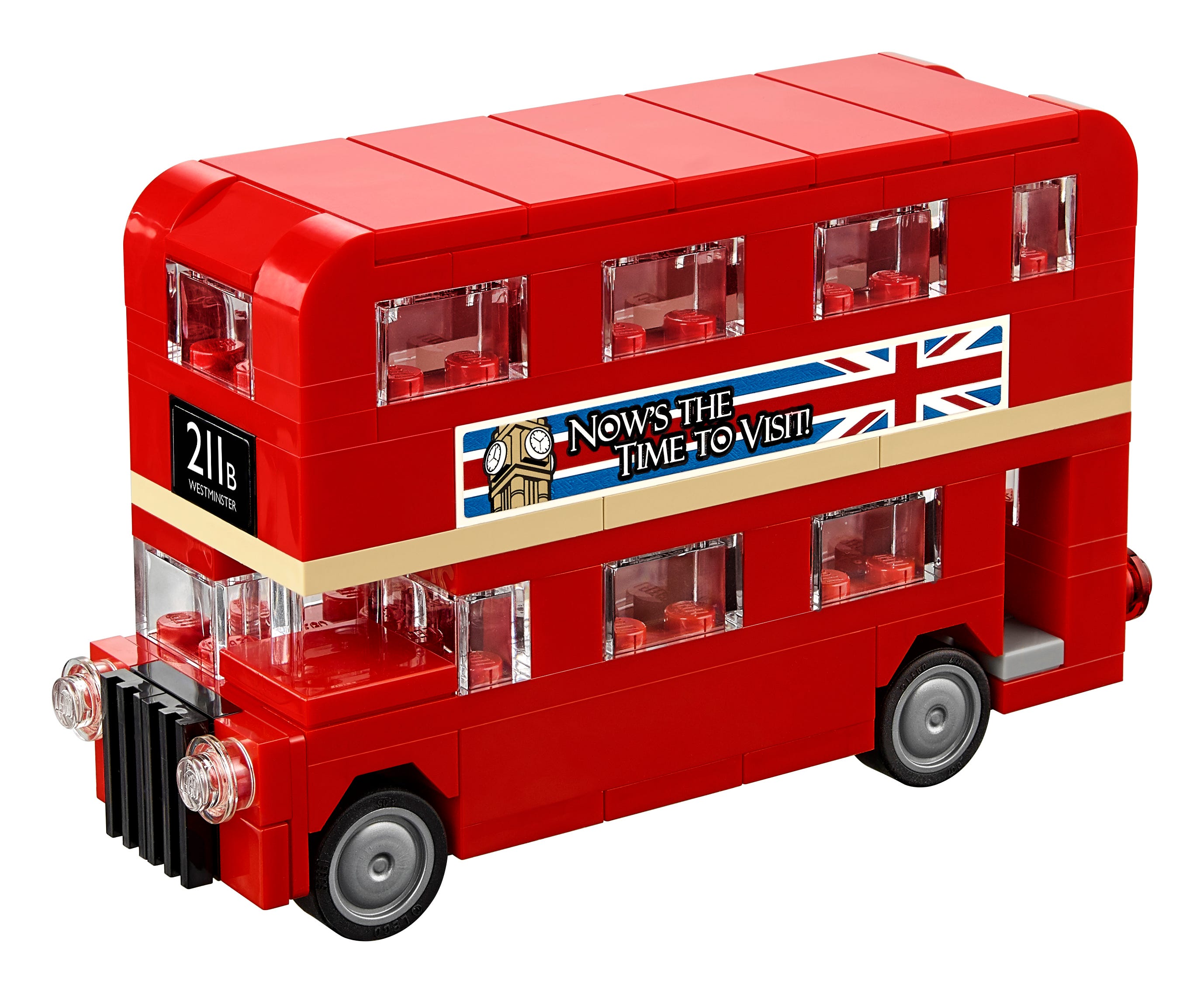
How to Make Your Retrospectives More Effective
|
Tune in and get Inspired 🎧
Getting your Trinity Audio player ready...
|
What is a retrospective, and why is it important for agile teams?
A retrospective is a meeting that happens at the end of an agile sprint. This meeting lets team members review their progress and see what they did well, and also see what they could do better in the future. The retrospective helps to build team cohesion by encouraging open communication and collaboration. As a result, it is an essential part of the agile process and can play a crucial role in helping teams improve continuously.
Estimated reading time: 11 minutes
Table of contents:
- What is a retrospective, and why is it important for agile teams?
- How can you run an effective retrospective meeting for your team?
- What common problems can occur during retrospectives, and how can you solve them?”
- What are some best practices for agile retrospectives that can help your team be more productive and efficient?
- How do you know if your team’s retrospectives are effective and helping to improve the overall agility of the organization?
- What is the difference between done and completed?
- Want faster results from your scrum retrospectives? Use this template!
- Conclusion
Project Management:
The retrospective is an important part of the project management process. It can help teams improve their work by using the scrum framework correctly and making the most of its features. The retrospective can also help team cohesion and communication, which can be valuable for a scrum team.
As teams grow and become more dispersed, it becomes increasingly important to have a scrum master with scaled agile experience. A scrum master with scaled agile experience can help make sure the team uses the scrum framework correctly and makes the most of its features. Additionally, a scrum master with agile development experience can help development teams work together and deliver value for the product owner and its customers.
How can you run an effective retrospective meeting for your team?
After every sprint, it’s essential to have a retrospective meeting with your team to discuss what went well and what could be improved upon. This allows you to course correct as necessary and improve your team’s efficiency. Here are a few tips for running an effective retrospective meeting:
1. Set a positive tone from the start
The retrospective meeting should be a safe space for honest feedback, so it’s important to set the tone that this is a constructive conversation from the beginning.
2. Encourage everyone to participate
It’s essential that everyone on the team feels like their voice is heard. This means active listening and ensuring that introverts feel comfortable speaking up.
3. Keep it focused on the future
The retrospective meeting is not about assigning blame but rather identifying areas for improvement. Keep the conversation focused on Solutions, not Problems.
4. End on a positive note
Thank everyone for their participation, and emphasize the improvements made due to previous retrospectives. This will help to keep everyone engaged and motivated moving forward.
What are some of your favourite team-building exercises?

Icebreakers and team-building exercises are essential for any agile project manager or scrum master hoping to foster a healthy relationship within their team. They help to promote communication and allow team members to get to know one another on a personal level. Lego is a great tool for icebreakers and team-building exercises, as it encourages creativity and collaboration.
Another exercise is to have the team build a replica of the company logo. This can help to instill pride in the company and promote teamwork. Whatever exercise you choose, Lego is a great way to break the ice and get your team moving in the right direction.
I’m curious, what are some of the team-building activities that you facilitated or participated in? Let me know in the comments below.


What common problems can occur during retrospectives, and how can you solve them?”
Retrospectives are vital to any team’s agile journey, but they can sometimes be tricky. Here are some of the most common problems that can occur during retrospectives and how you can solve them:
1. Not enough time is allocated for the retrospective.
This is a common problem, especially when teams start with retrospectives. Trying to fit the retrospective into a tight timeframe can be tempting, but this often leads to rushed and unproductive conversations. To avoid this, ensure enough time for the retrospective – an hour or two is usually plenty.
2. The same people always speak up during the retrospective.
If you find that the same people are always speaking up during the retrospective, others likely feel like they’re not being heard. To solve this, you could try using a tool like skip-level voting, where everyone gets to vote on which suggestions should be discussed first. This will ensure that everyone has a voice and that the most important suggestions are given attention.
3. The retrospective becomes focused on complaining rather than problem-solving.
If your team’s retrospectives start to feel like Complaint Fests, it’s time to take a step back and refocus on the purpose of the retrospective – to identify problems and find solutions. One way to do this is to set a rule that no one can complain without offering a solution. This will help to keep everyone focused on finding ways to improve things.
4. The team doesn’t follow through on agreed-upon actions from the previous retrospective.
This is a frustrating problem, but it’s surprisingly common. One way to solve it is to make sure you have a transparent process for tracking and following up on actions from the previous retrospective. This could involve assigning someone responsible for each action item, setting deadlines, etc. By ensuring accountability for follow-through, you can help increase the chances that things get done.
What are some best practices for agile retrospectives that can help your team be more productive and efficient?
Retrospectives are an essential part of the agile workflow, allowing teams to reflect on their successes and challenges and identify areas for improvement. There are a few best practices that can help teams make the most of their retrospectives and get the most out of them.
First, it’s essential to set a clear agenda for the retrospective and ensure that all team members understand what is expected of them. It’s also important to give team members time to prepare by gathering data and thinking about their contributions to the project.
Finally, it is crucial to create a safe environment where team members feel comfortable sharing their thoughts and ideas. By following these best practices, teams can ensure that their retrospectives are productive and efficient.
Scrum Master:
The scrum master is responsible for ensuring that the team has a productive and efficient workflow, and one of the ways they do this is by helping the team to learn and grow. This involves creating a mindset of self-organizing, where team members are empowered to take ownership of their work and contribute in meaningful ways that deliver value.
The scrum master can help create this mindset by providing support and guidance and facilitating open communication and collaboration for the development team members. By working together, the scrum master and the development team can create an environment where everyone feels valued and appreciated, and continuous learning is encouraged.
How do you know if your team’s retrospectives are effective and helping to improve the overall agility of the organization?
One way to gauge the effectiveness of retrospectives is to look at how they are structured and whether they are achieving their objectives. Generally, a retrospective should focus on a specific issue or goal and have a transparent process for gathering feedback and identifying potential solutions. If retrospectives are regularly addressing the same issues without making any progress, then it may be time to reevaluate the structure of the meeting.
Additionally, it is essential to ensure that all team members feel comfortable speaking up during retrospectives and that they believe their input will be taken seriously. If team members do not feel like their voices are being heard, then the retrospectives will not effectively drive organizational change.
Ultimately, the goal of a retrospective is to help the team identify areas for improvement and then take action to make those improvements. If retrospectives are not achieving this goal, they are not effectively serving their purpose.
What is the difference between done and completed?
One of the key concepts in agile is the idea of the “definition of done.” This refers to a state where the work is completed and meets the team’s standards for quality. To determine whether a task is done, the team must have a shared understanding of what this means. This can be defined in terms of specific criteria, such as all unit tests passing, or more general, such as meeting the customer’s expectations.
Another important concept in agile is that of stories. A story is a self-contained unit of work that can be completed in a single iteration. Stories are often used to track progress and measure the amount of value that has been delivered. They can also be used to help ensure that tasks are completed before the end of an iteration.
Quality is another essential factor to consider when assessing whether a task is done. To ensure quality, teams should establish standards for what meets their definition of quality. These standards can be based on code coverage, bug counts, and customer feedback.
Want faster results from your scrum retrospectives? Use this template!
The Agile Scrum Retrospective Report Template is a great way to help you and your team learn and improve for future sprints. It covers all the key areas you need to reflect on, such as what went well and what could be improved. Using this report, you can pinpoint successes and areas for improvement to work even more efficiently in the future.

Conclusion
A retrospective is an essential meeting for agile teams as it allows them to assess their previous sprint, identify any areas that need improvement, and set goals for the next sprint.
You can do a few key things to ensure your team’s retrospective is adequate, such as ensuring everyone participates, keeping it focused on actions rather than individuals, and being open to feedback.
If you follow these best practices, you’ll be well on your way to having more productive and efficient retrospectives that help improve the overall agility of your organization.
If you are new to our website, we welcome you. Consider subscribing to our blog/newsletter to access exclusive content and discounts on our online shop.
